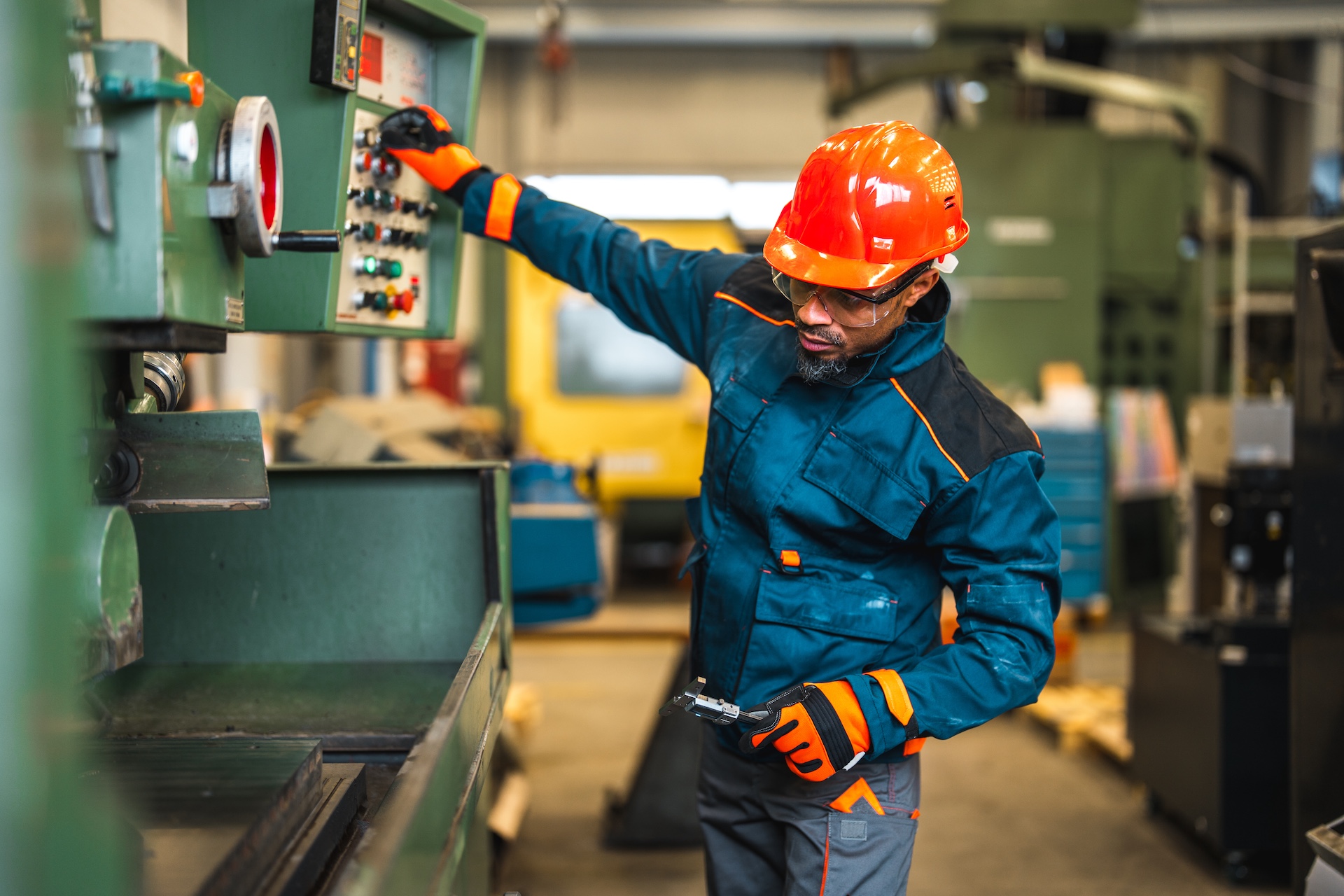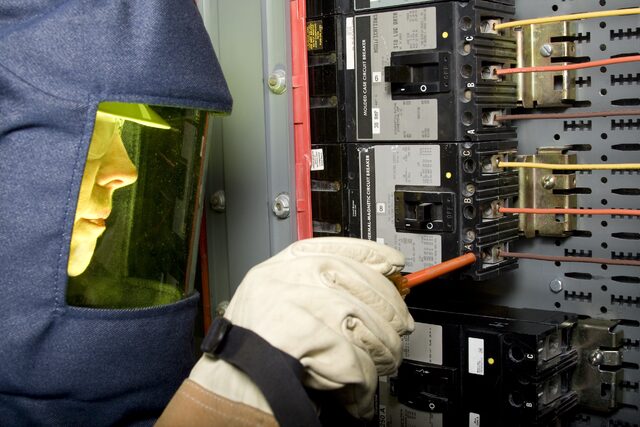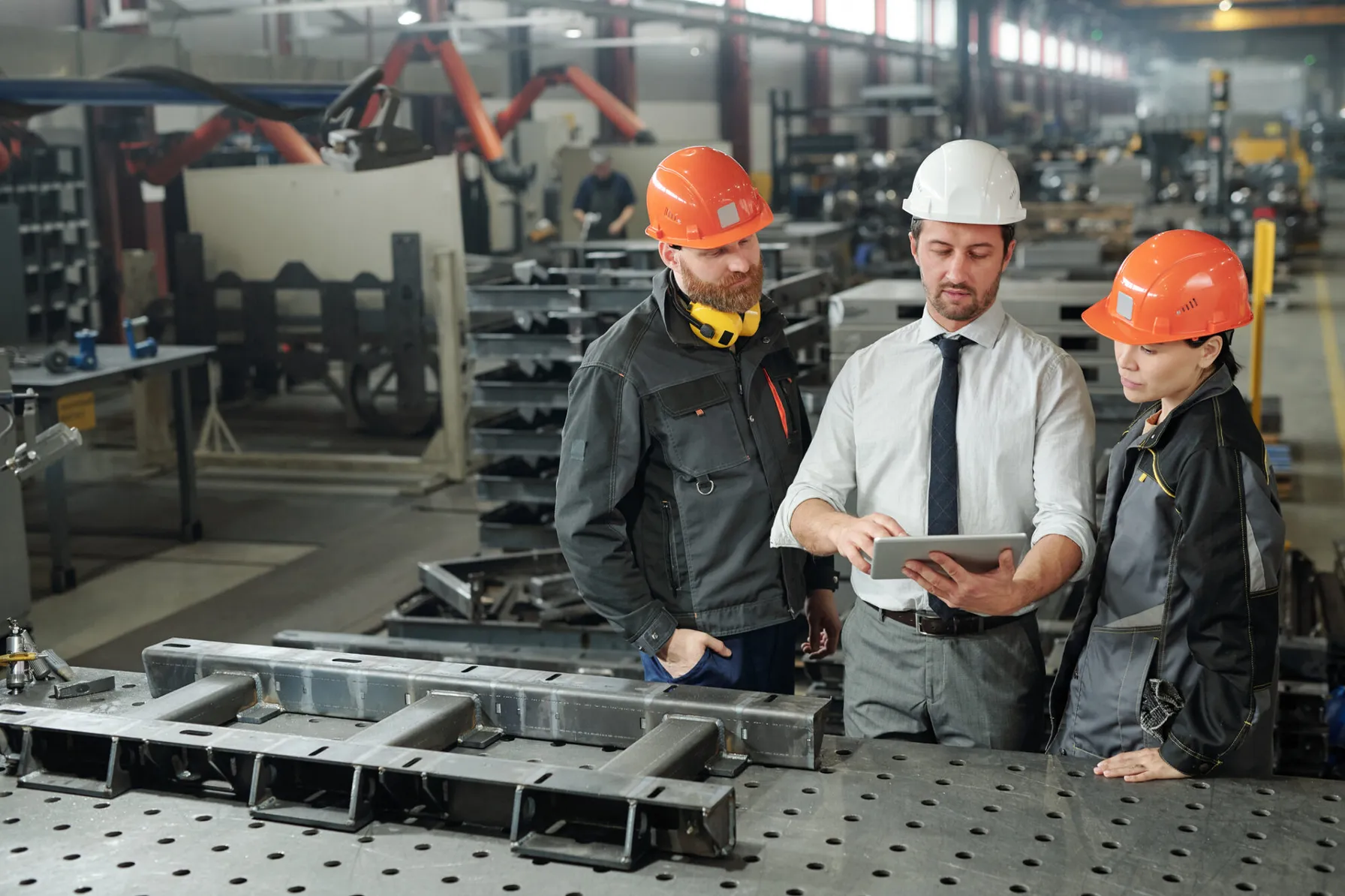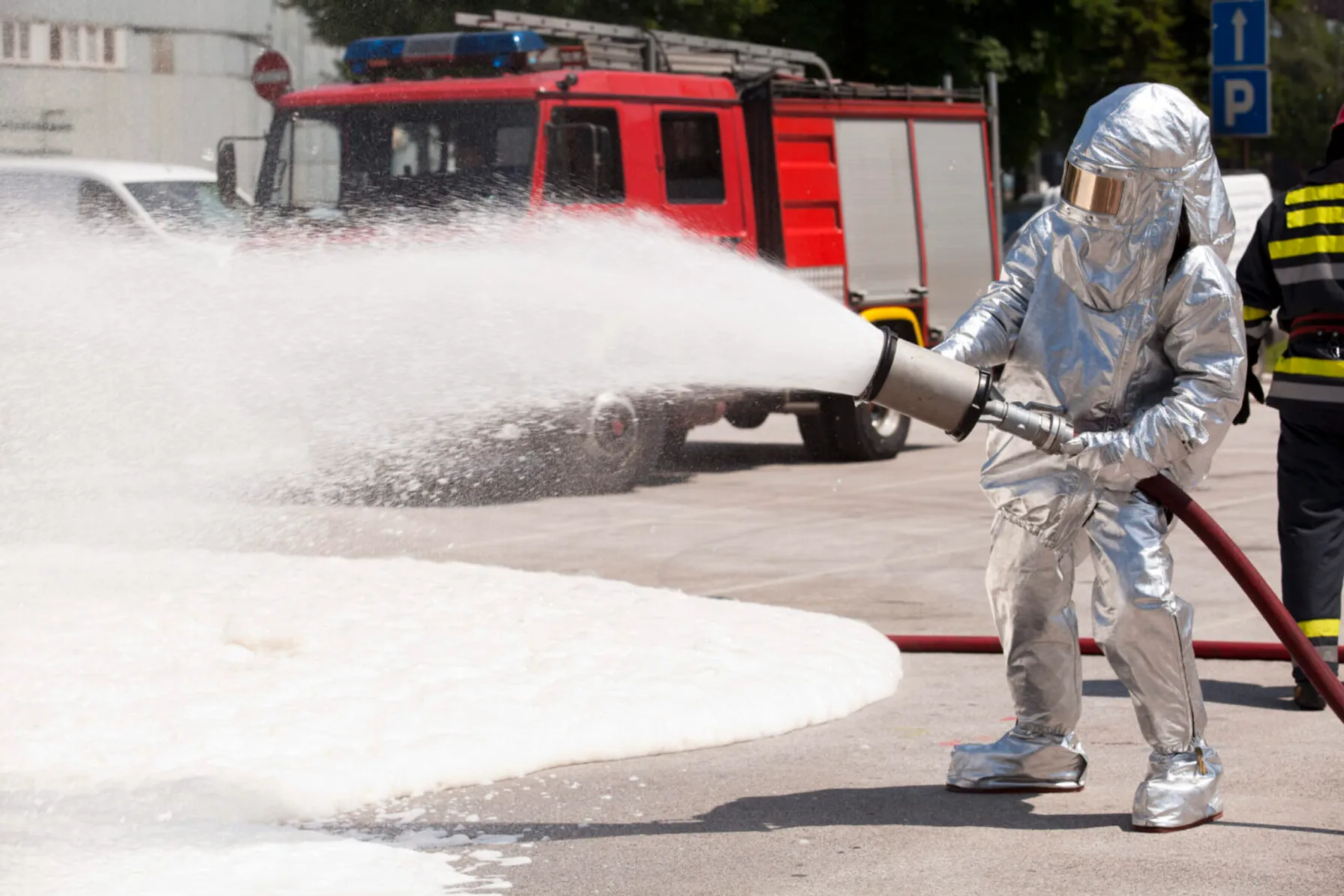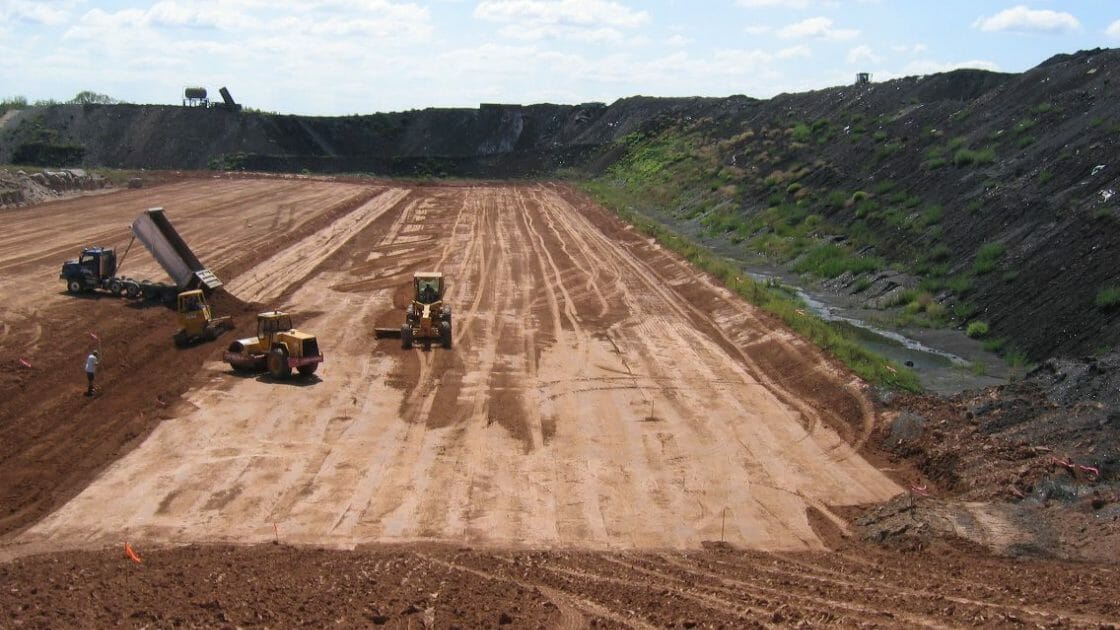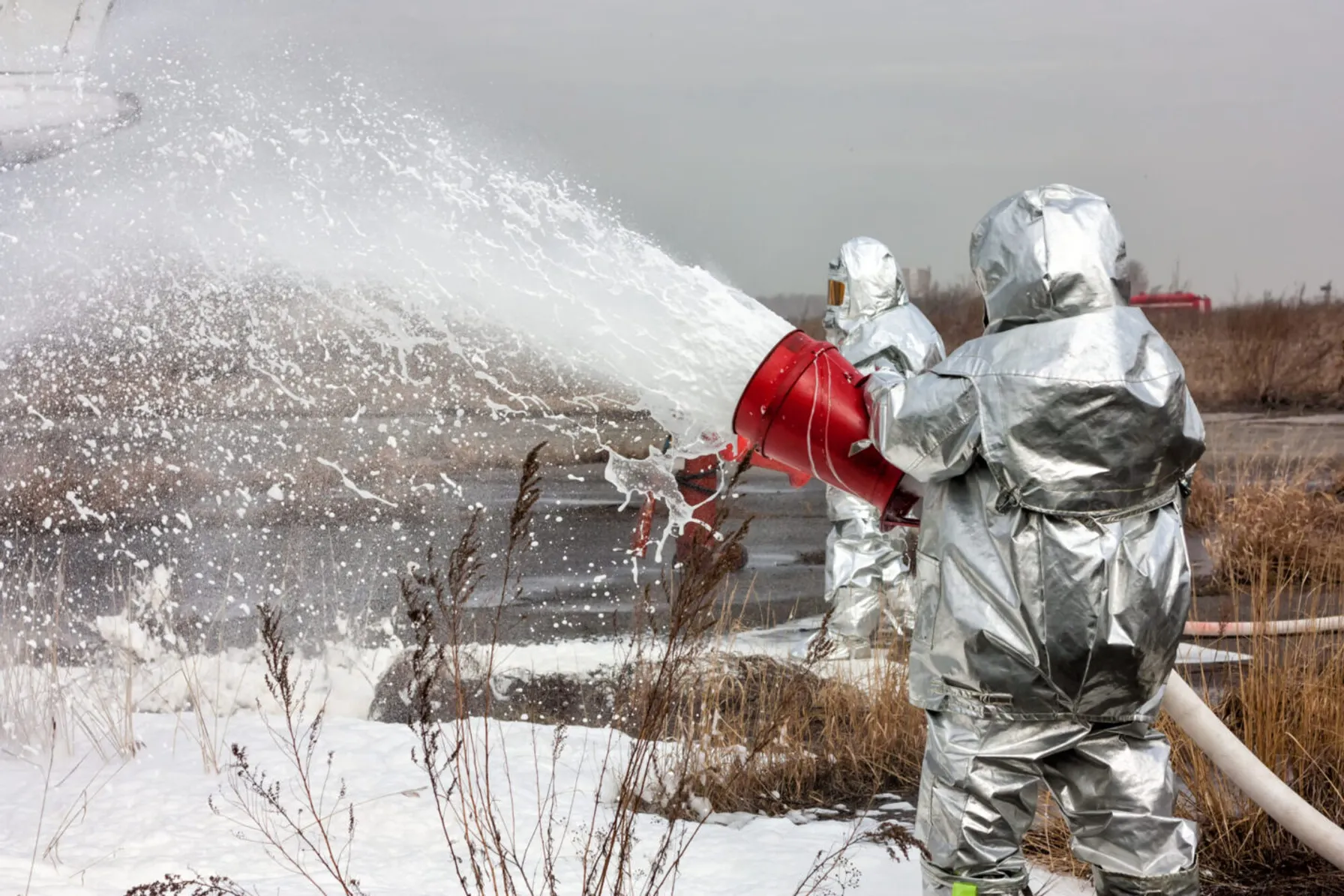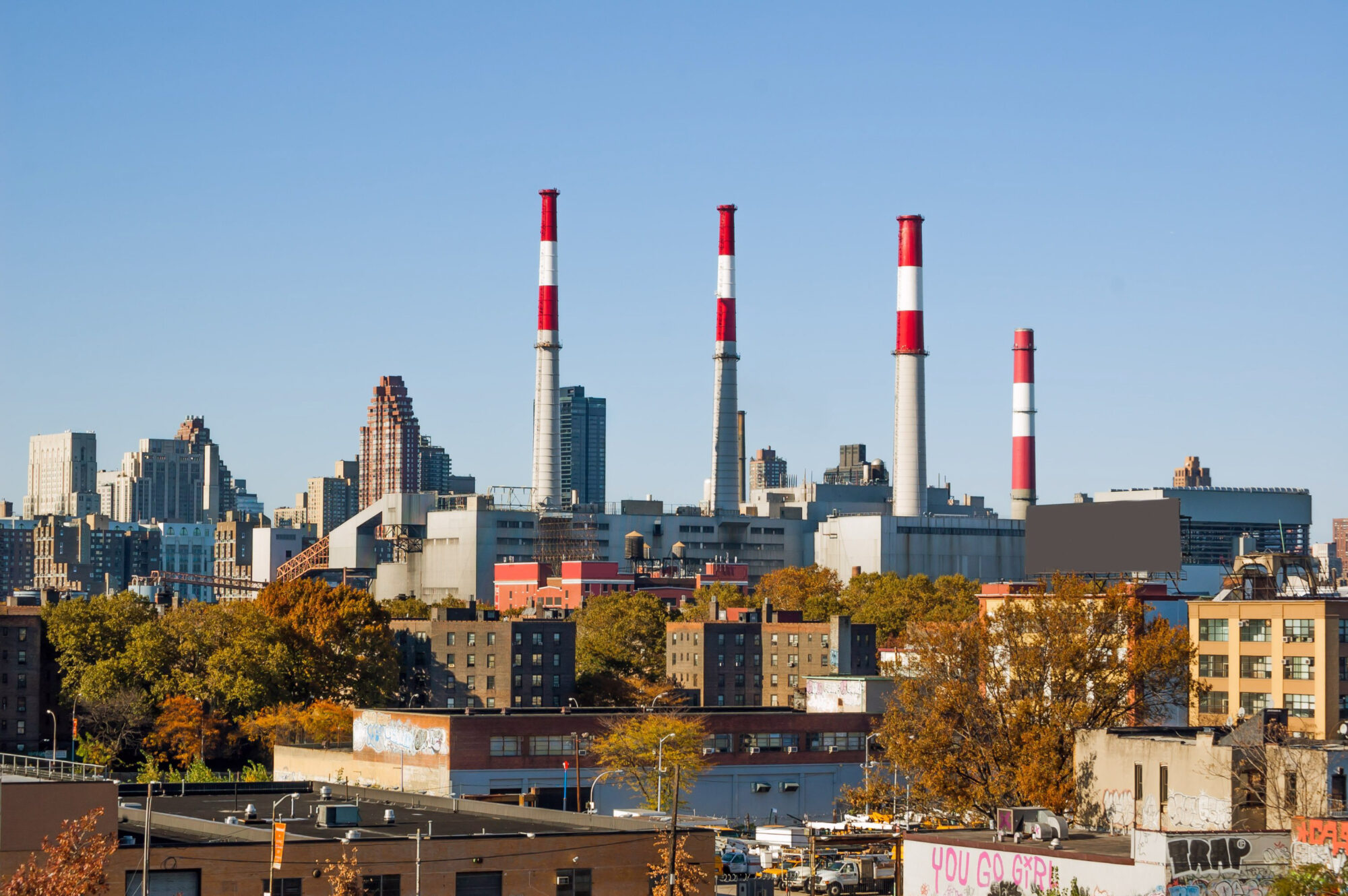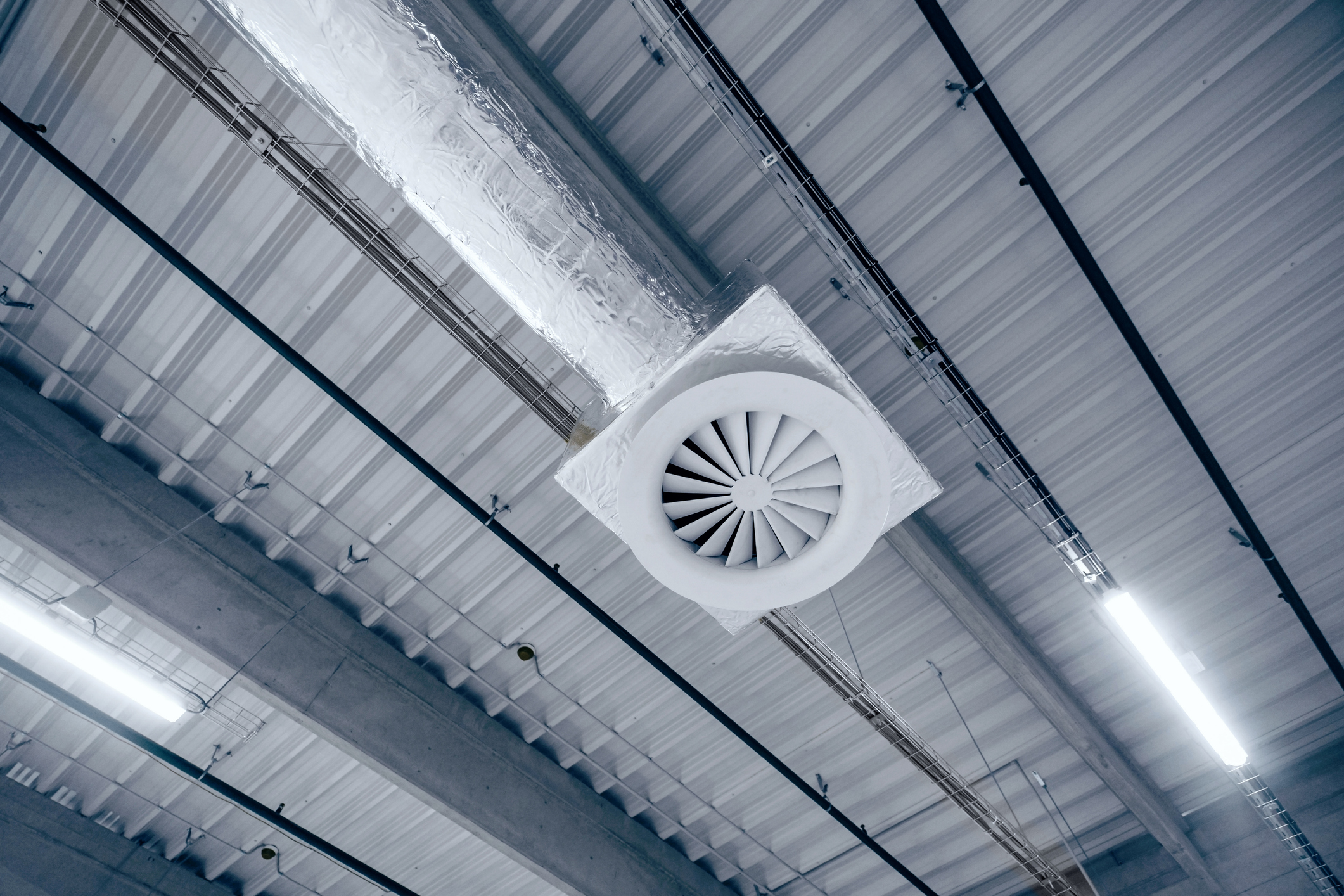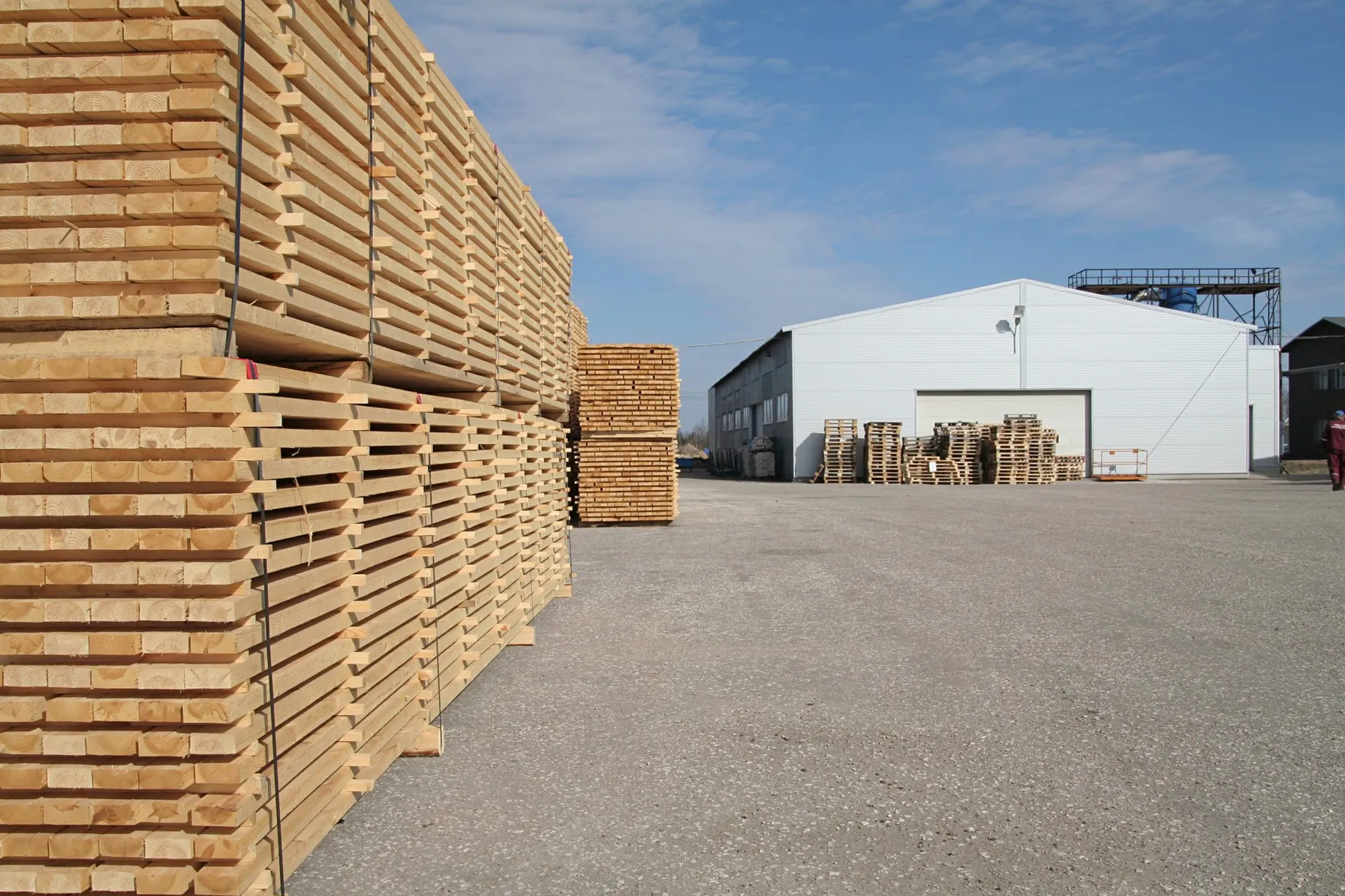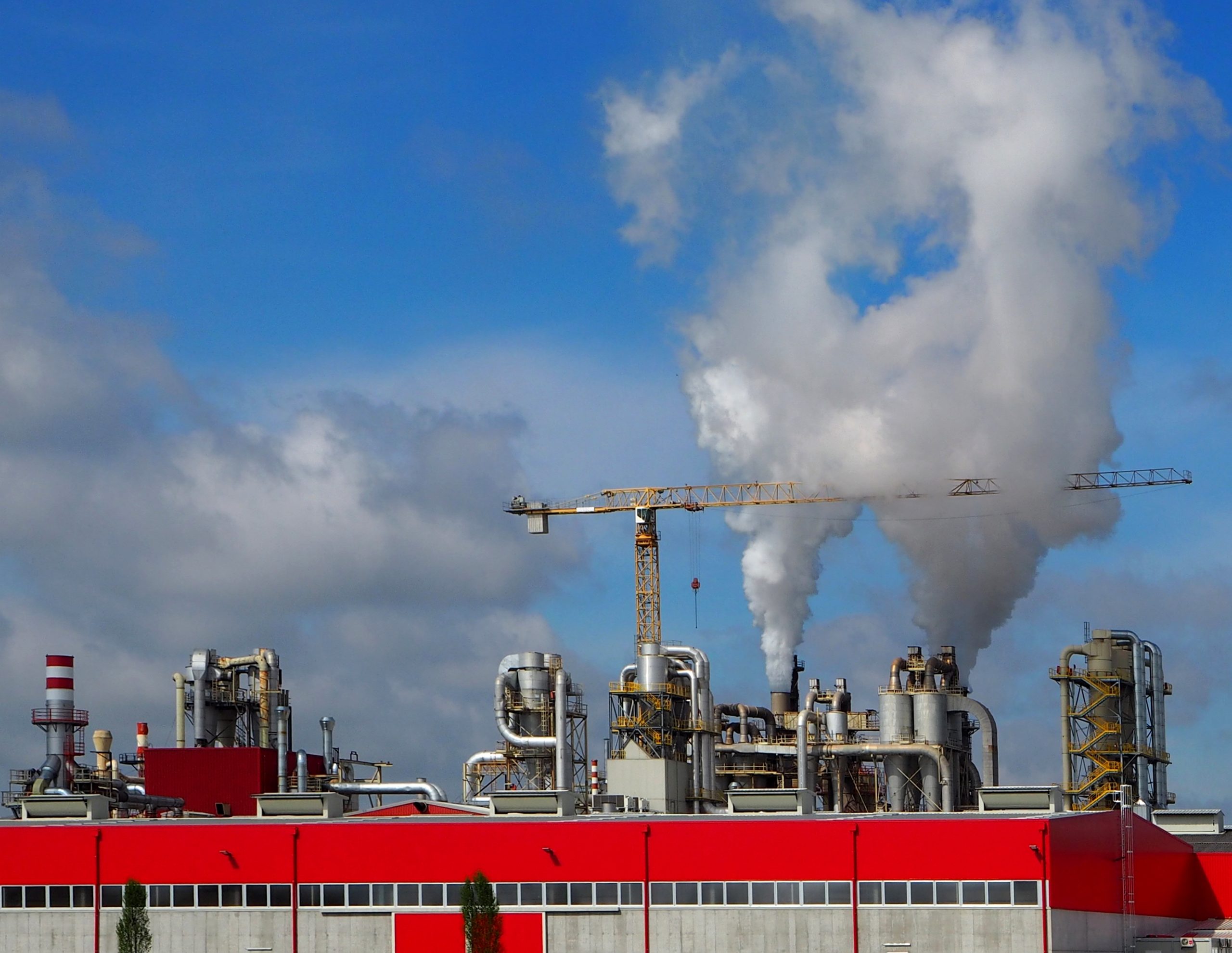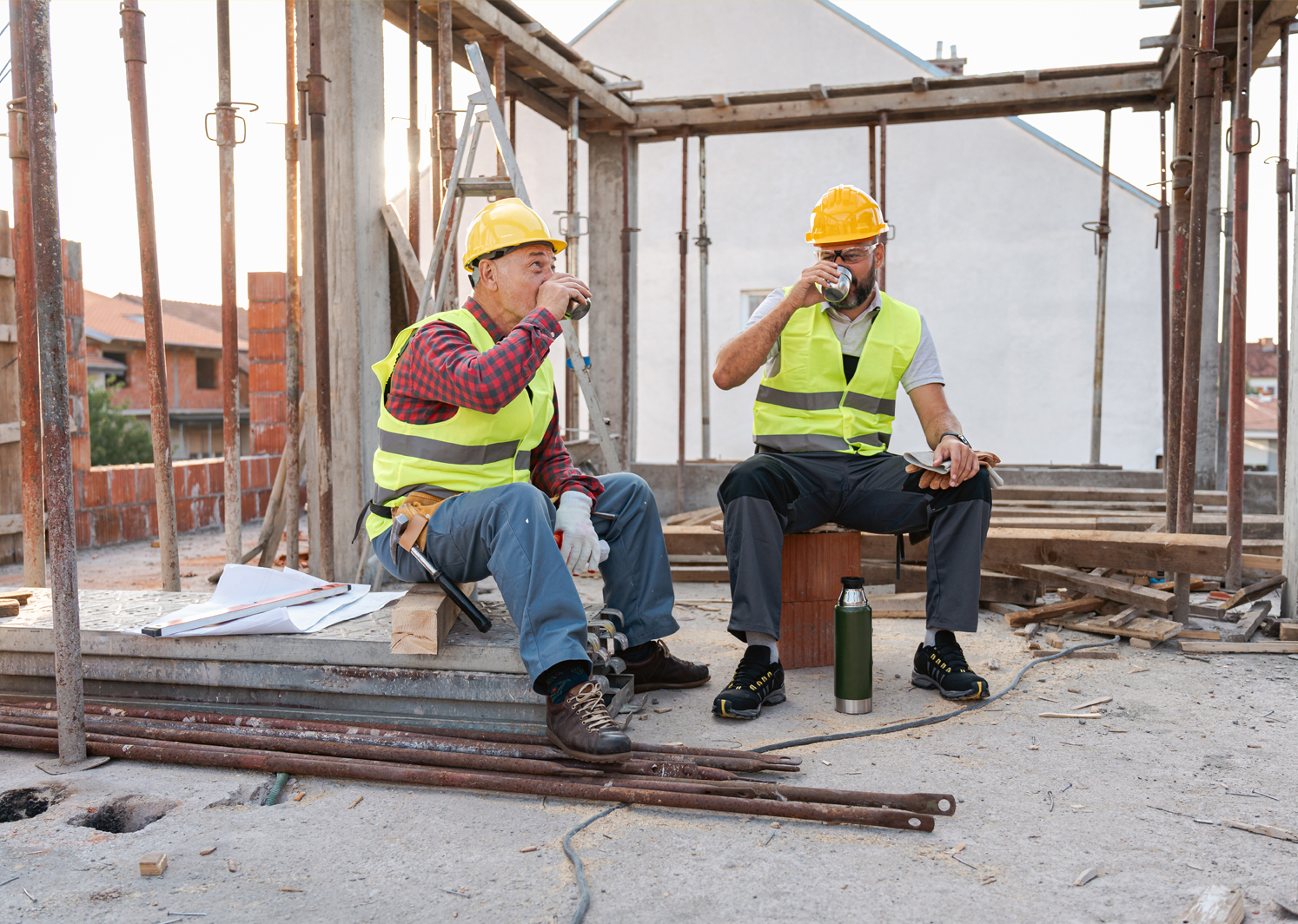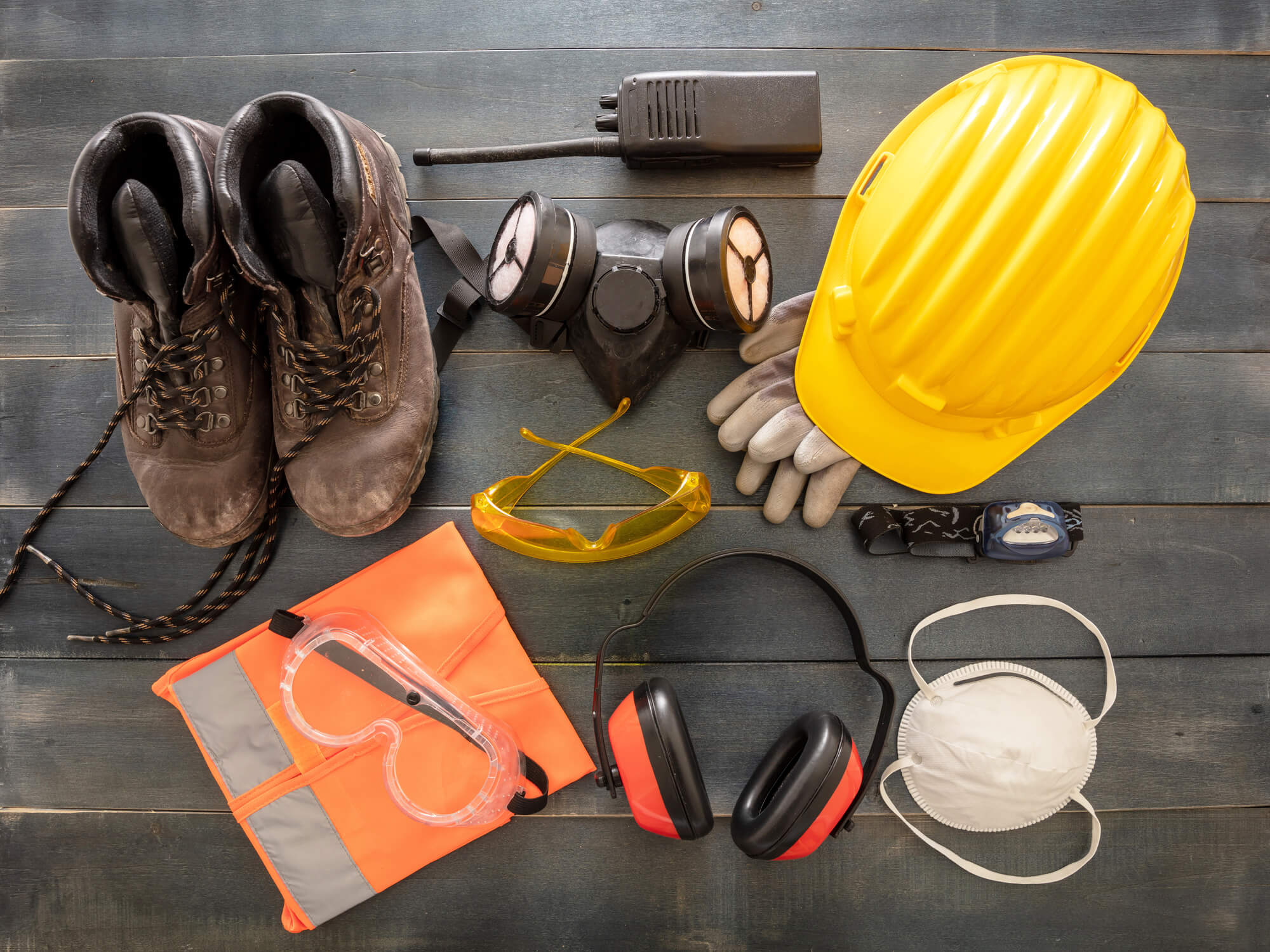Overexertion is an issue that can affect nearly all industries, which is why it tops the list of workplace injuries. Workers can overexert themselves by straining a muscle, throwing out their back or otherwise injuring themselves while lifting or moving an object.
According to the National Safety Council (NSC), an employee is injured on the job every seven seconds. Workplace accidents are all too common and can cause major problems for employees and employers. We’re going to look at some of the most common workplace accidents and discuss how to avoid and prevent them so you and your employees can enjoy the benefits of a safe work environment.
The Most Common Workplace Accidents
Different industries are subject to different common workplace accidents and hazards, but some of the most common accidents that occur on worksites include:
Heavy objects falling off of a warehouse shelf, filing cabinet or any other surface can strike an employee, potentially leaving them seriously injured.
In any work environment that includes heavy equipment, such as forklifts or dozers, employees are at risk of being injured by a collision with this equipment.
In manufacturing environments and other workplaces where employees work on or near machinery, there is a chance that employees could get their clothing, hair or a body part caught in machinery.
Over a quarter of all workplace injuries that keep employees home from work are due to slips, trips and falls. The possibility of losing your balance is possible in any workplace, but some worksites include the additional hazard of operating at elevated heights.
Chemicals are used in a variety of industries for a variety of purposes. While some of these chemicals may be harmless, others can cause immediate physical harm to employees who are exposed to the chemical.
Fires may not seem like a common occurrence, but when they do occur, they can quickly prove fatal. Workplace fires can occur due to gas leaks, improperly stored flammable liquids, hydrogen gas from forklift battery charging stations, electrical issues and more.
Electrocutions are one of the “fatal four’ in the construction industry”, accounting for over 7% of construction worker deaths. Coming into contact with a live wire is all too common.
The Severity of Workplace Accidents
It should go without saying that workplace accidents are a bad thing, but it’s easy to miss the real severity of these accidents, both for employees and employers.
The employee who is injured will likely miss days at work to recover from the accident and, in severe cases, may never be able to return to work. In the worst cases, an accident could prove fatal. An accident can also have adverse effects on employees who weren’t directly involved. A workplace accident can lower morale and can make workers fearful about what could happen to them.
All of the above issues affect employers, too. On top of losing workers and dealing with a decrease in morale, employers can also be hit with citations for safety violations from the Occupational Safety and Health Administration (OSHA) that could carry over $13,000 in fines. Willful or repeated incidences can result in penalties of $132,598 per violation.
Employees may also sue if they feel they were endangered by your company, which can lead to more costs as well as negative press. Even if they don’t, you’ll have workers’ compensation costs to deal with. OSHA estimates that businesses pay close to $1 billion every week just for workers’ compensation costs. Put simply, workplace accidents can be devastating to employees and employers alike.
What to Do When Accidents Happen at Work
Check on the employee:
While remaining mindful of your own safety, quickly get to the injured employee or employees so you can determine how severe the accident was. If they need immediate medical attention, quickly call 9-1-1.
Gather information:
Once the injured worker or workers have been cared for, you can turn your attention to gathering information about the accident. Secure the scene and ask witnesses to provide insight into what happened.
Give the employee a claim form:
Every injured employee should have the opportunity to file a claim form for their injury. This merely means they need to be reimbursed for lost work hours or medical treatment.
Inform your insurance company:
When an employee files a claim, you’ll need to contact your workers’ compensation insurance company to let them know about the incident. Take care of this task quickly after the injury occurs.
File a report:
Even if your employee does not wish to file a claim, you need to have a record of the incident to comply with OSHA’s recordkeeping requirement. Use OSHA form 300 to help you create this report.
How to Reduce Workplace Accidents
We’ve talked about the types of workplace accidents that occur and how to handle them, but wouldn’t it be best if you could avoid these instances in the first place? The reality is that accidents happen, but you can significantly reduce the number and severity of accidents in your workplace by adhering to some important occupational safety practices.
All employees should receive training on how to carry out their job safely. If they work with certain types of equipment or run into certain hazards, cover all of this information with them.
Every business has its own unique set of possible hazards, so it’s important that you’re aware of which hazards you need to look for at your business.
Hazards that can’t be removed should be labeled so employees act with caution. For example, if a machine is hot to the touch and could burn someone, it should be labeled as such.
Employers should provide the necessary safety equipment and require employees to use it. This could include back braces for heavy-lifting or personal protective equipment (PPE) like respirators or safety glasses, for example.
Many injuries occur when employees are rushing and skip over important safety protocols, perhaps because they feel pressured to do so. Make sure employees know you would rather they work slower and stay safe.
When the workplace is dirty or cluttered, employees are more likely to trip over objects or slip on a greasy floor. Keep the facility clean and well-organized as much as possible.
Emergency drills can help prepare you and your employees for potential accidents like workplace fires or chemical spills. Make sure employees know how to respond in these situations.
Last but not least, promote a strong safety culture in your workplace with positive reinforcement. Celebrate successes like time gone with no accidents and reward employees for committing themselves to safety practices.
Achieve New
Possibilities
Partner With TRC’s Tested Practitioners

